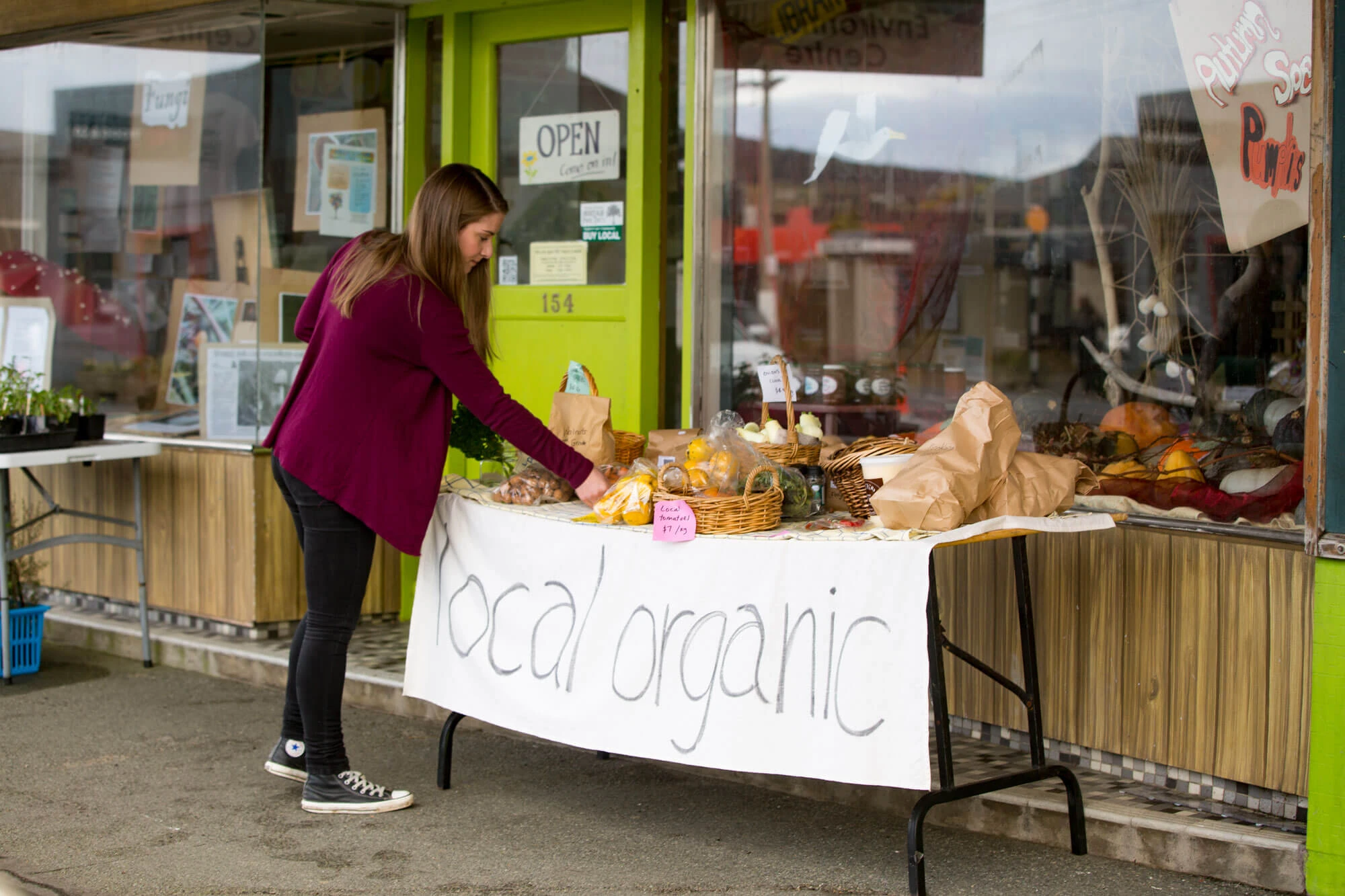Ginseng (Panax spp.)
Introduction
Ginseng is a herbaceous perennial belonging to the Aralia family. It is grown for it’s valuable root. It was discovered 5000 years ago in the mountain areas of Manchuria in China, where it was first used as a food, and then became revered for its strength giving and rejuvenating powers. The American Indians also used Ginseng as a medicinal product.
There are two economically important species of Ginseng. Asian ginseng (Panax ginseng), is a native of Eastern China and Korea. American ginseng (Panax quinquefolium) is a native of North America. ‘Panax’ means ‘cure all’ or ‘all healing’ and Ginseng means ‘man root’ or ‘man essence’. Ginseng is used widely today in herbal, health food and cosmetic applications. Ginseng tonic is believed to enhance vitality, increase stamina, and help build up resistance to stress and disease.
Growing Ginseng
| Propagation: | From seed or small 1-year-old rootlets. |
| Yields/ha: | Vary, but commonly 80 plants/m2 under artificial shade and 40 plants/m2 in forestry. |
| First harvest: | Whole root dug up 4–8 years after harvest. |
| Crop protection: | Protection from birds essential. They pull the small rootlets out of the ground. Cover from the sun (needs 80% shade). |
| Soil type: | Needs free draining soil. |
| Fertilisers: | Low rates only. |
| Weed control: | Not usually needed as the low light levels found where Ginseng grows are usually enough to suppress weed growth. |
| Pest/Diseases: | Range of fungal diseases from damping off to Cylindrocarpon. Also watch for grass grub and porina. |
| Harvesting: | Whole roots are hand dug. If volumes are enough, modified potato harvesters could be used. |
| Marketing: | Sales on both the local and export markets are possible. |





